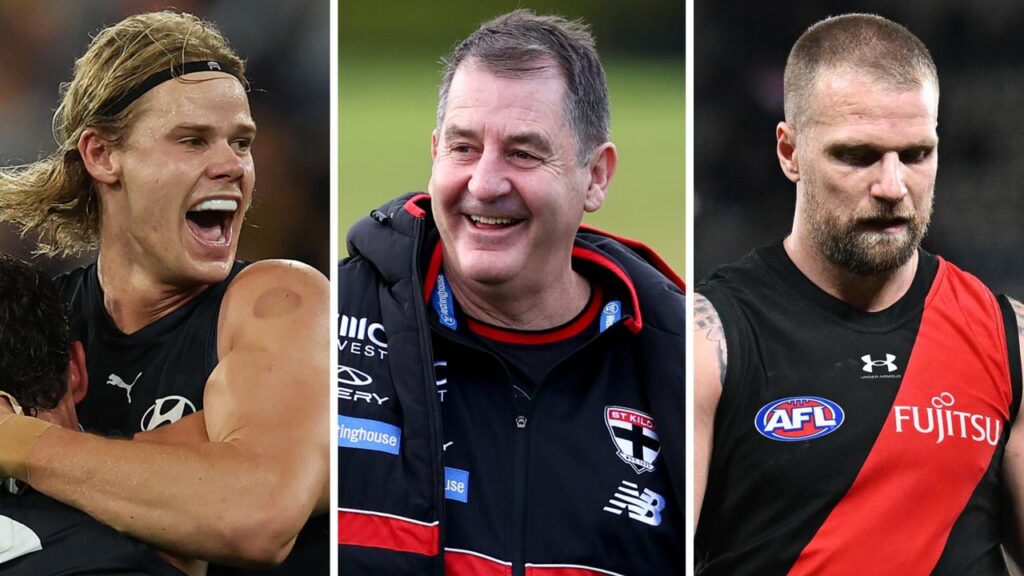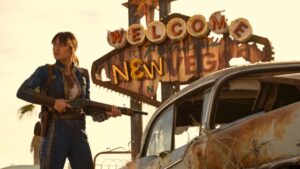
St Kilda Football Club is making headlines with its aggressive approach to list management, embarking on a $22 million spending spree. This move aims to rejuvenate the team’s roster with high-profile acquisitions, including free agents Tom De Koning and Jack Silvagni, with Leek Aleer and Liam Ryan reportedly set to follow. However, the question remains: is this the right time for such a bold strategy?
The Saints have been linked to numerous trade and free agency targets, signaling a significant shift in their approach. After years of missing out on marquee players, the club is finally making a splash in the market. Yet, the players acquired so far are not considered A-grade stars, which raises concerns about the potential effectiveness of this strategy.
Historical Context and Cautionary Tales
St Kilda’s current strategy is reminiscent of past attempts by other clubs to bolster their rosters with multiple B-grade players. The Saints themselves tried a similar approach in the 2019 off-season, bringing in players like Dan Butler and Brad Hill, but the results fell short of expectations. The team won just one final, and the subsequent seasons did not yield significant improvement.
Other clubs have experienced similar outcomes. Essendon’s acquisition of players like Adam Saad and Devon Smith in 2017 did not translate into sustained success. The Fremantle Dockers’ 2018 additions, including Jesse Hogan and Rory Lobb, also failed to deliver the desired results, leading to coaching changes.
“Only time will tell if it works at St Kilda. No doubt when they tried it a few years ago, it didn’t work,” Saints great Leigh Montagna told foxfooty.com.au.
Strategic Considerations and Expert Opinions
Despite these cautionary tales, there is optimism surrounding St Kilda’s current strategy. Leigh Montagna believes the club has been more strategic this time, complementing their new recruits with a young core of talent from the draft pool. This approach could provide the balance needed to achieve success.
Montagna emphasizes the importance of taking risks in the current competitive landscape. He argues that relying solely on natural improvement and the draft is insufficient for teams aiming to leapfrog their competitors. Aggressive moves in free agency and trade are necessary to remain competitive.
“The salary cap is like a jigsaw puzzle, some pieces are bigger than others. It’s all about how you make the jigsaw puzzle fit,” Montagna explained.
Potential Implications and Future Prospects
The success of St Kilda’s strategy hinges on two key factors: the readiness of their young core to elevate their performance and the effectiveness of their new recruits in filling critical gaps. While De Koning has shown potential, his consistency remains a question mark. Silvagni and Ryan have faced injury challenges, and Aleer’s potential is yet to be fully realized.
The financial implications of this strategy are significant, with the potential to cause unrest among existing players. However, Montagna downplays concerns about the salary cap, suggesting that managing it effectively is part of the challenge.
Ultimately, this bold approach aims to set St Kilda on a trajectory toward consistent top-four finishes and a chance at premiership success. The club hopes to emulate the success of teams like Collingwood, which strategically added players to complement their existing core and achieved premiership glory.
Conclusion: A Calculated Gamble
St Kilda’s aggressive trade strategy represents a calculated gamble. While the club is likely to become a better football team next year, the ultimate goal is to move closer to a premiership. The Saints’ willingness to take risks and make bold moves sends a strong message to fans and potential recruits alike.
As the club navigates this new path, the coming seasons will reveal whether this strategy can propel St Kilda to the heights of AFL success or if it will serve as another cautionary tale in the annals of football history.






